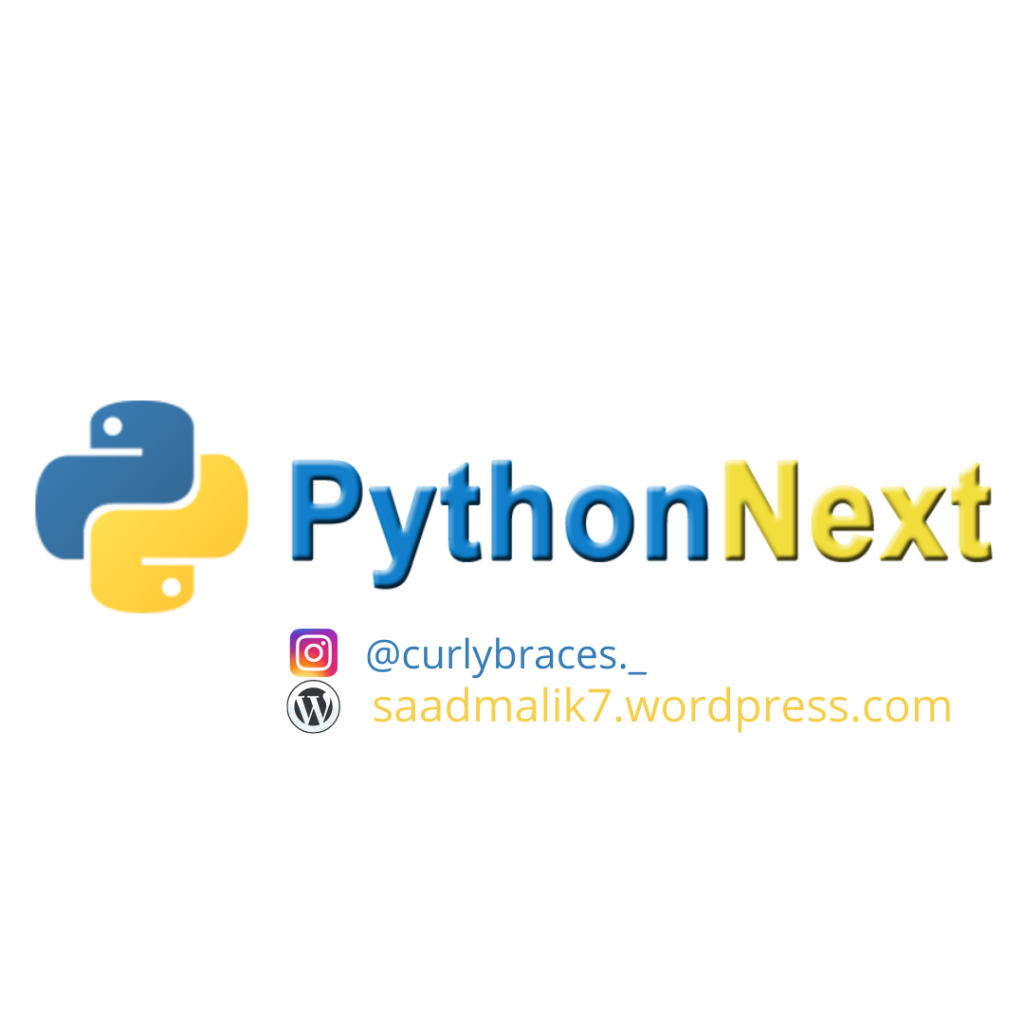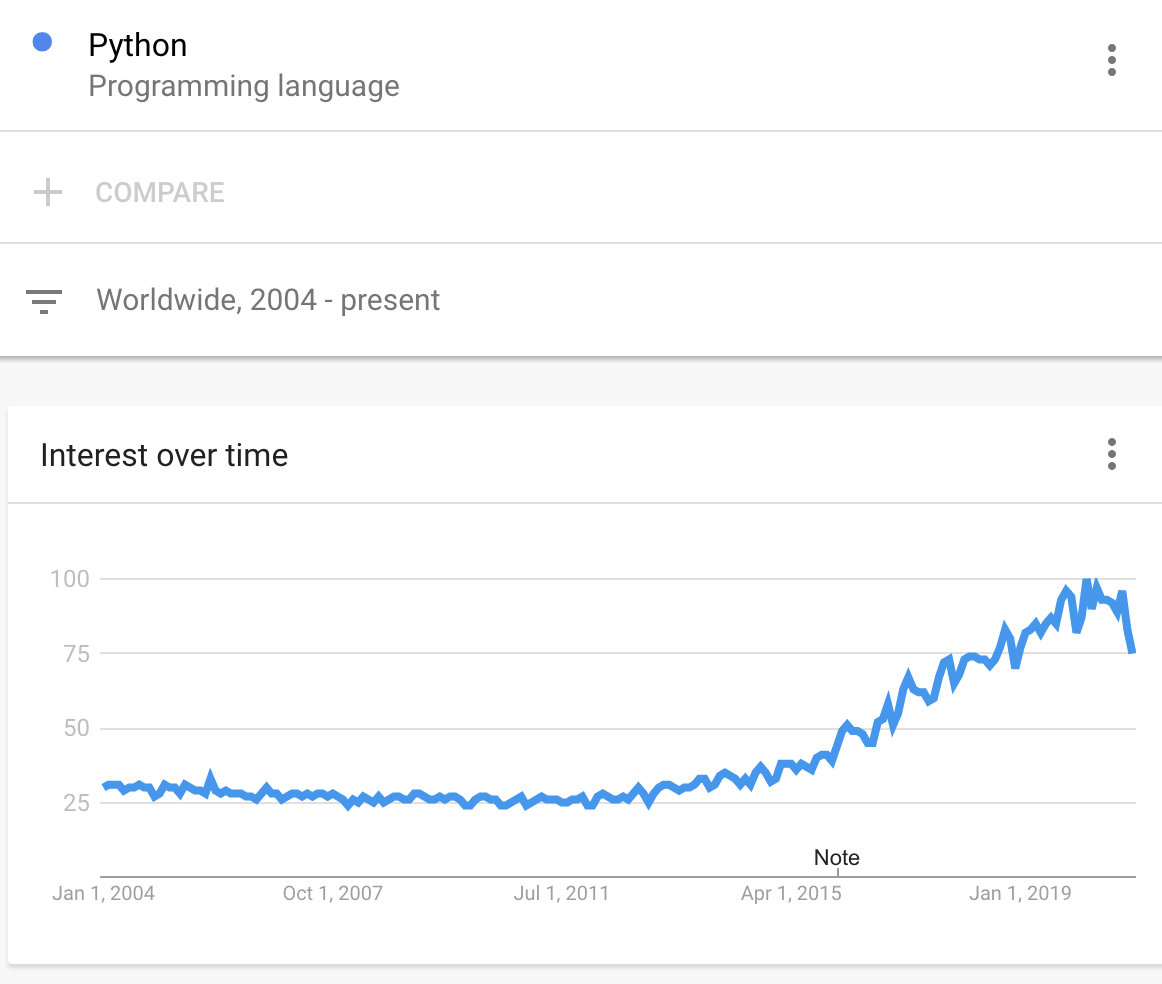
MAY 10, 2021/#PYTHON
Introduction to Python
Python is literally eating the programming world. It is growing in popularity and usage in ways that are pretty much unprecedented in the history of computers.
Follow along me, at the end of the blog post I will share a Roadmap to learn Python from Zero to Advance level.
Python excels in a wide variety of scenarios – Shell scripting, task automation, and Web development are just some basic examples.
Python is the language of choice for data analysis and machine learning, but it can also adapt to create games and work with embedded devices.
Most importantly, it’s the language of choice for introductory computer science courses in universities all around the world.
Many students learn Python as their first programming language. Many are learning it right now, and many more will learn it in the future. And for many of them, Python will be the only programming language they need.
Thanks to this unique position, Python is likely going to grow even more in the future.
The language is simple, expressive, and it’s quite straightforward.
The ecosystem is huge. There seems to be a library for everything you can imagine.
Python is a high-level programming language suitable for beginners thanks to its intuitive syntax, its huge community, and its vibrant ecosystem.
It is also appreciated by professionals across many different fields.
Technically speaking Python is an interpreted language that does not have an intermediate compilation phase like a compiled language, for example C or Java.
And like many interpreted languages, it is dynamically typed. This means that you do not have to indicate the types of the variables you use, and variables are not tied to a specific type.
This has pros and cons. In particular, you write programs faster, but on the other hand you have less help from the tools to prevent possible bugs. This means that you will find out about certain issues only by executing the program at runtime.
Python supports a wide variety of different programming paradigms, including procedural programming, object oriented programming, and functional programming. It’s flexible enough to adapt to a lot of different needs.
Created in 1991 by Guido van Rossum, it’s been rising in popularity – especially in the past 5 years, as this Google Trends infographic shows:

Starting with Python is very easy. All you need is to install the official package from python.org, for Windows, macOS or Linux, and you’re ready to go.
If you are new to programming, in the following posts I will guide you to go from zero to becoming a Python programmer.
And even if you are currently a programmer who specializes in another language, Python is a language worth knowing because I think it’s only going to keep growing from here.
Lower level languages like C++ and Rust might be great for expert programmers, but they’re daunting to begin with, and they take a long time to master.
Python, on the other hand, is a programming language for everyone – students, people doing their day jobs with Excel, scientists, and more.
It’s the language everyone interested in coding should learn first.
Enough to motivate you right?
So here are couple of fundamental courses you must take in sequence to be a Python programmer.
1) Introduction to Computing Absolute Beginner
2) Data Structures using Python
Enjoy! Thank me later 🙂
If you liked the blog, show some love 🙂